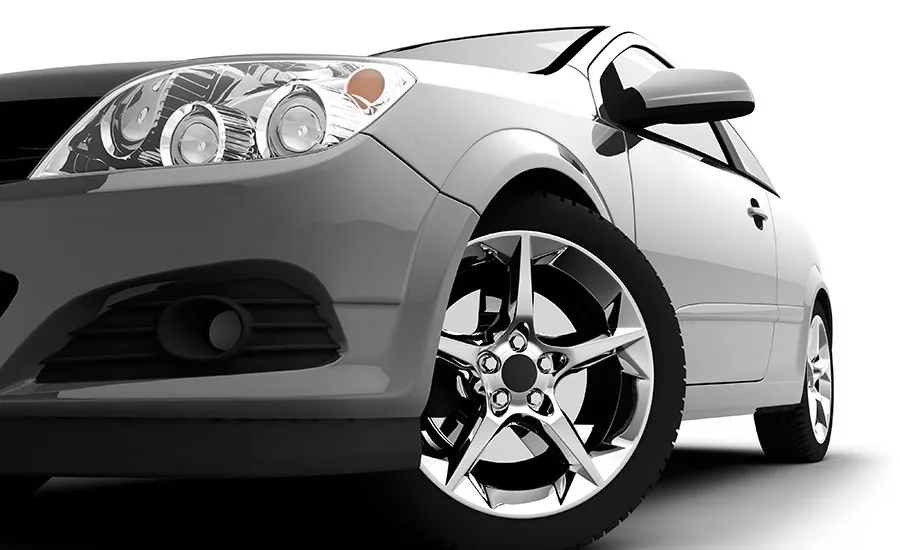Market Trends
Auto Adhesives Vroom Ahead
Adhesives adoption in the automotive sector is projected to drive a $7 billion market by 2022.

The automotive adhesives market is set to grow rapidly over the coming five years as manufacturers move to lightweight vehicle designs, meet increased demand for crossover utility vehicles (CUVs) and sport-utility vehicles (SUVs), and use a range of different materials, according to a recent Smithers Apex report. The market for adhesives in automotive applications is currently estimated to be worth $4.33 billion in 2017; it is forecast to reach $7 billion by 2022, growing at a compound annual growth rate (CAGR) of 10.1%. By volume, the automotive adhesives market will increase from 637 metric tons (t) in 2017 to 908 t by 2022, expanding at a CAGR of 7.4%.
One of the most significant trends taking place in the global car market is the growing demand for SUVs and CUVs. Although this trend originated in the U.S., it has now spread to many other markets across the world, including both developed and emerging economies. Much of this growth is being driven by the greater choice of vehicles available, as well as lower fuel prices, improvements in performance, and the introduction of more technological innovations.
Lightweighting remains an important driver of strategy in both the automotive industry and further afield. Much of this is in response to more stringent regulations concerning carbon dioxide emissions. Reducing vehicle weight is widely recognized as a suitable way of improving fuel efficiency and therefore lowering emissions. For example, the U.S. Department of Energy estimates that a 10% reduction in vehicle weight can improve fuel economy by 8%.
For modern cars, manufacturers use a range of materials in addition to steel sheets, including aluminum, thermoplastics and carbon fiber. ASI
For more information, visit www.smithersapex.com.
Looking for a reprint of this article?
From high-res PDFs to custom plaques, order your copy today!



